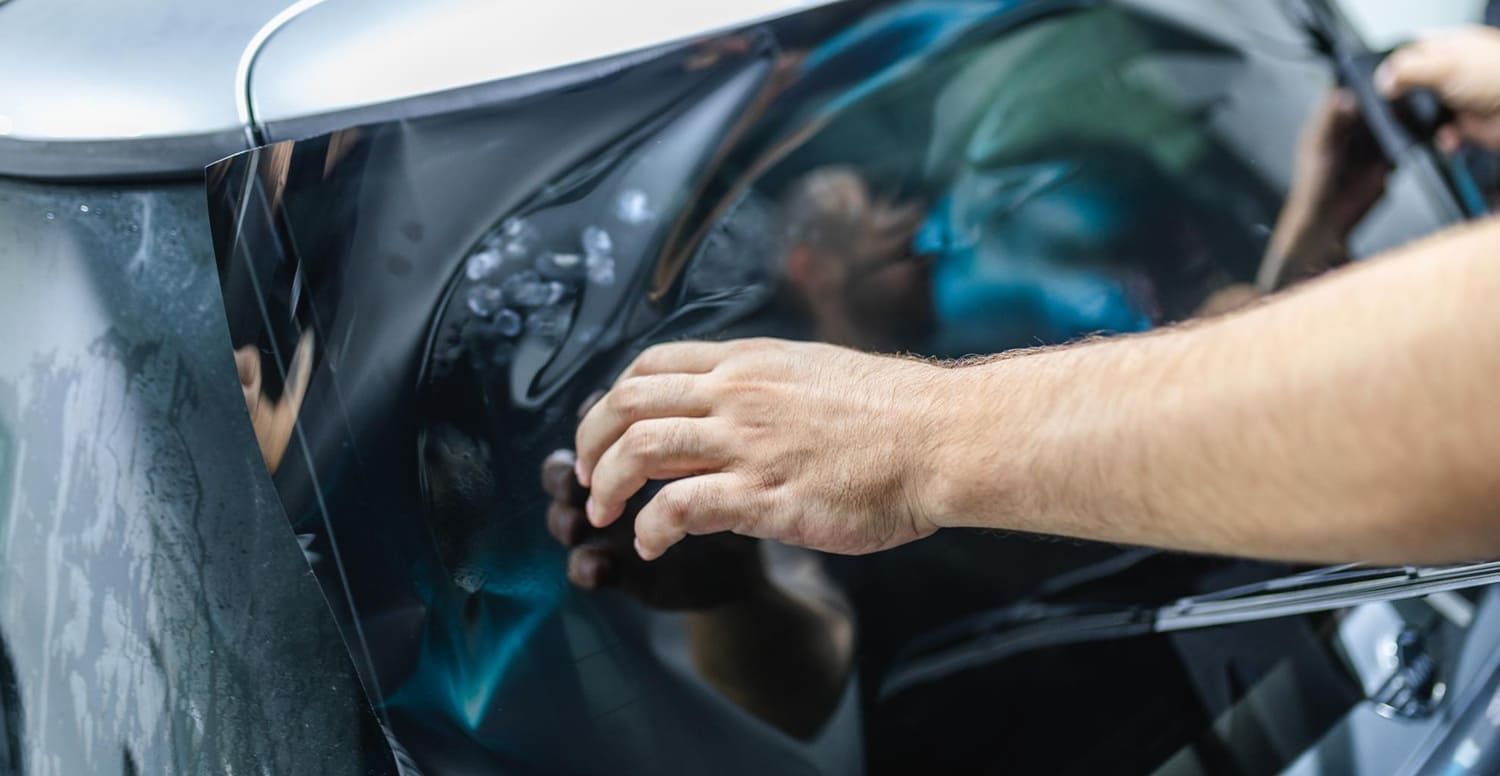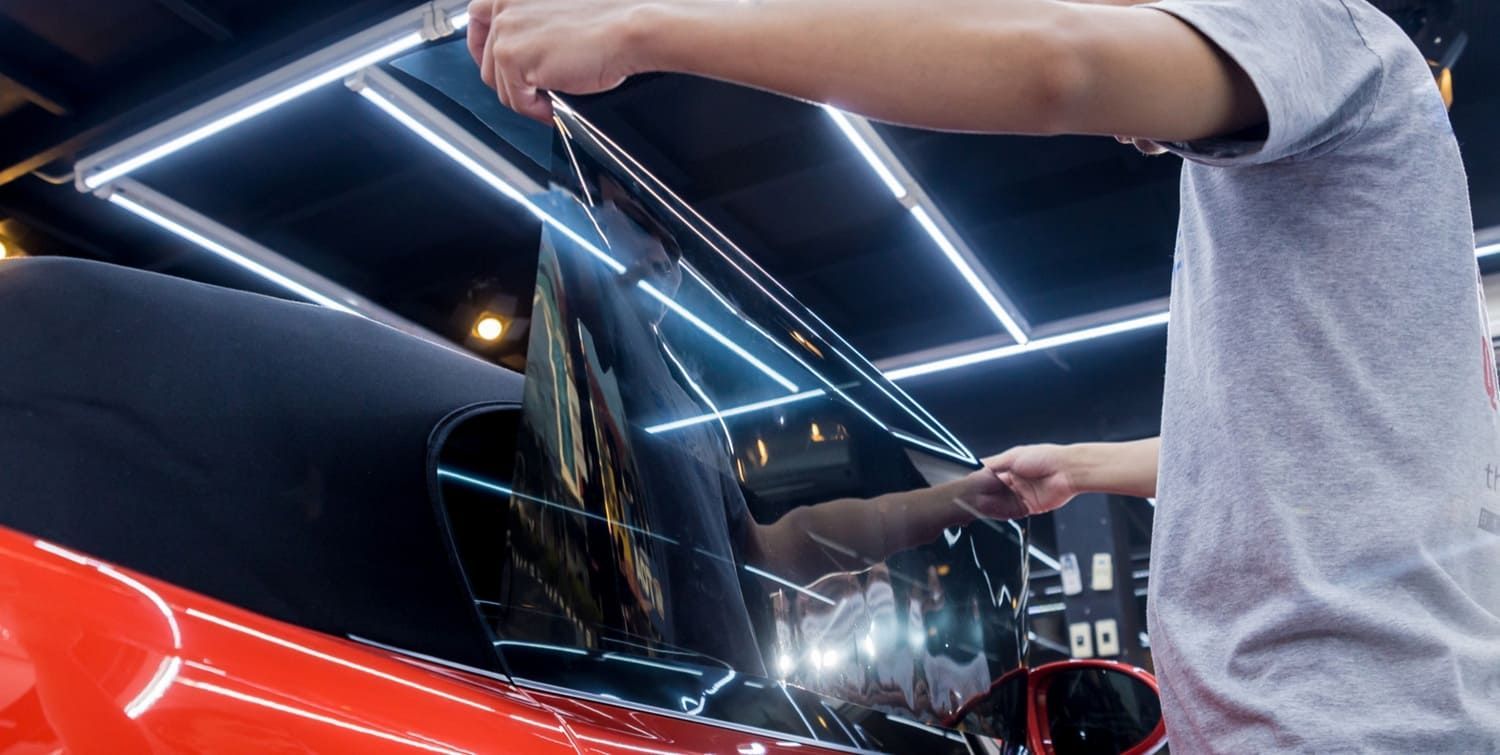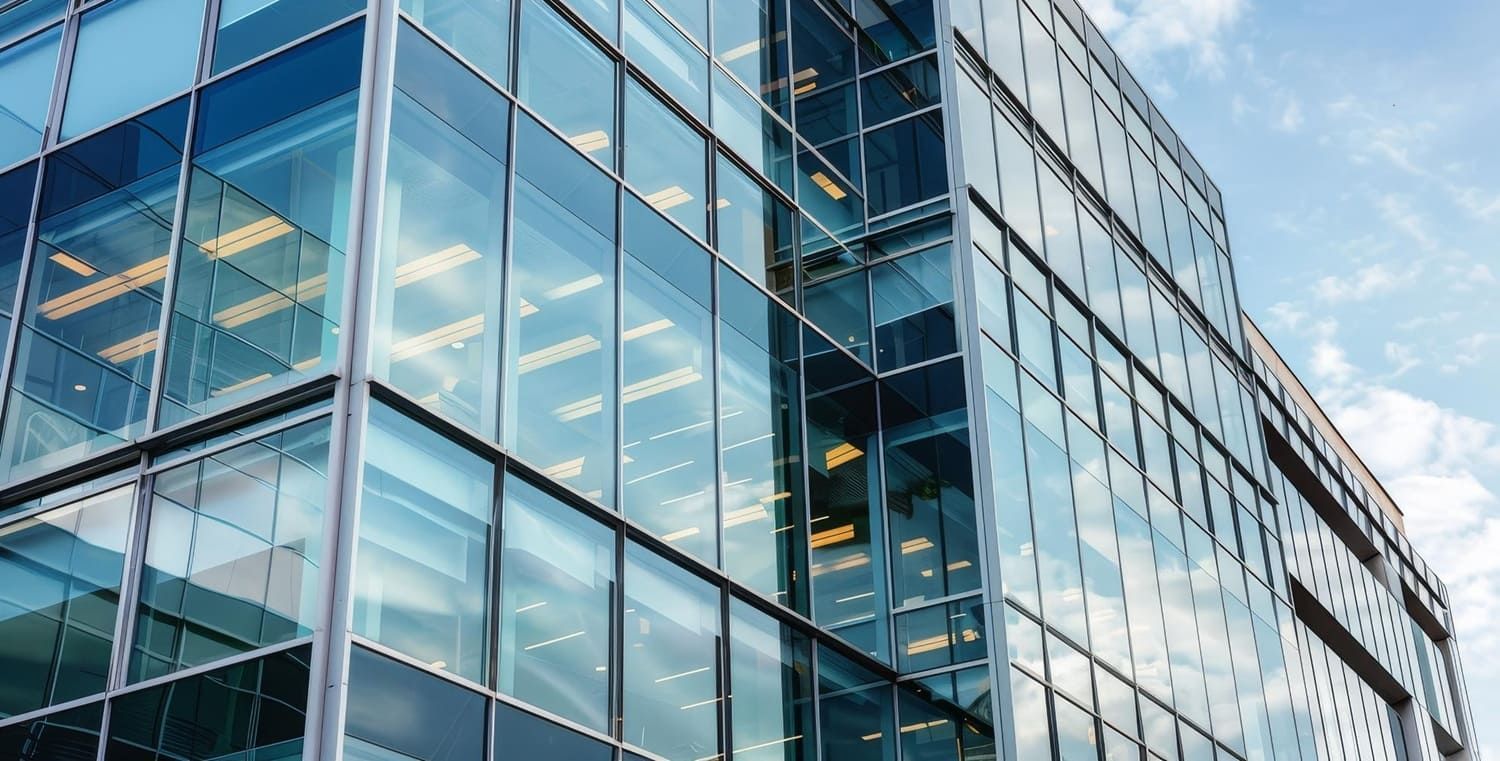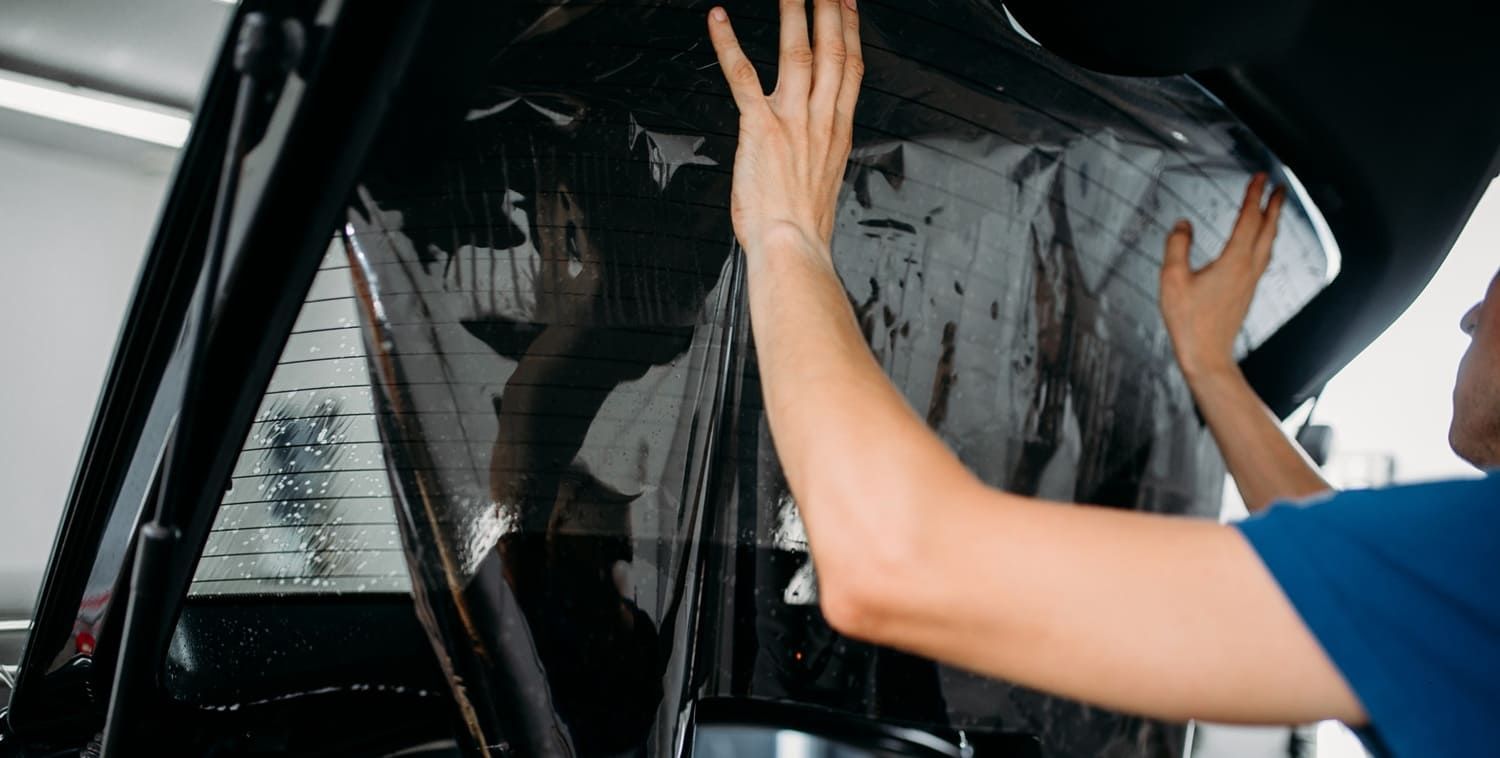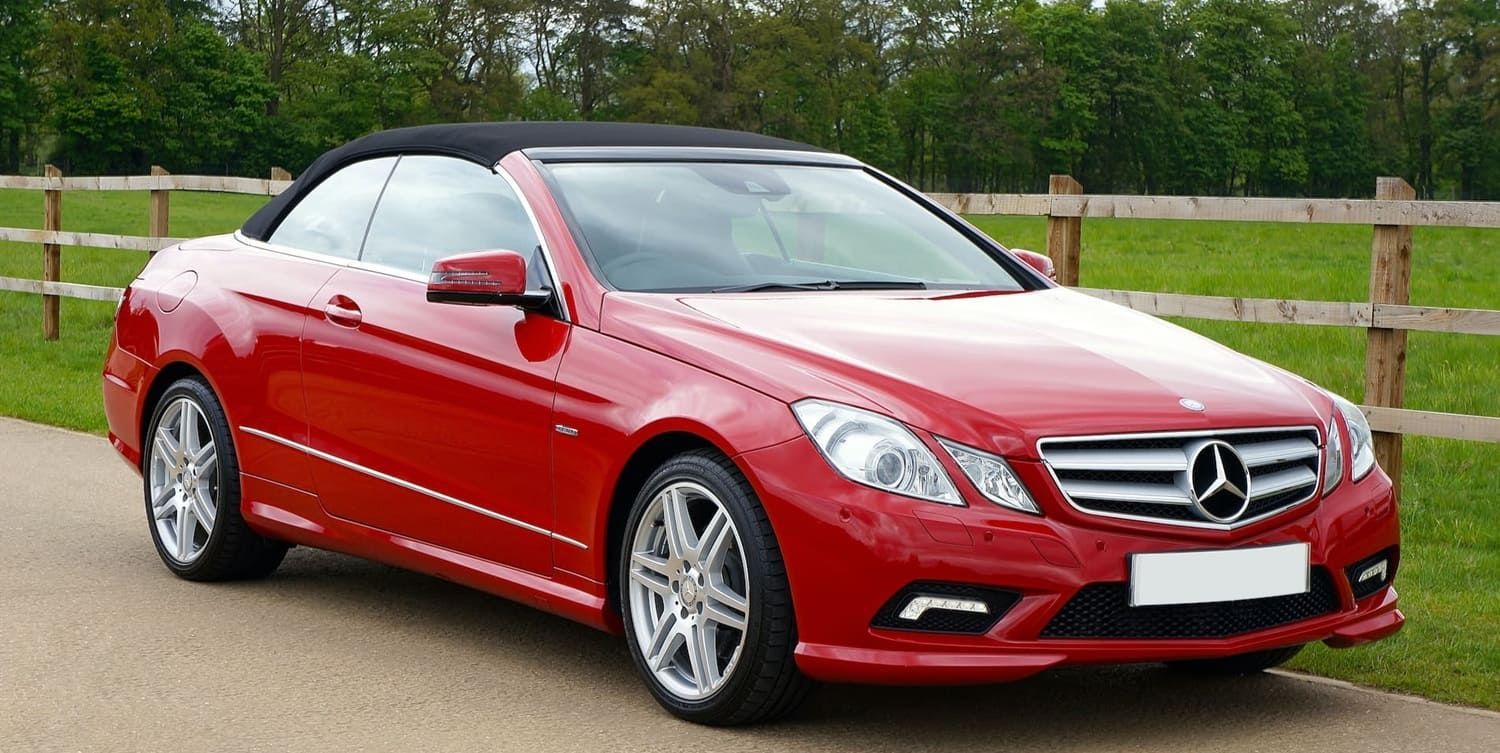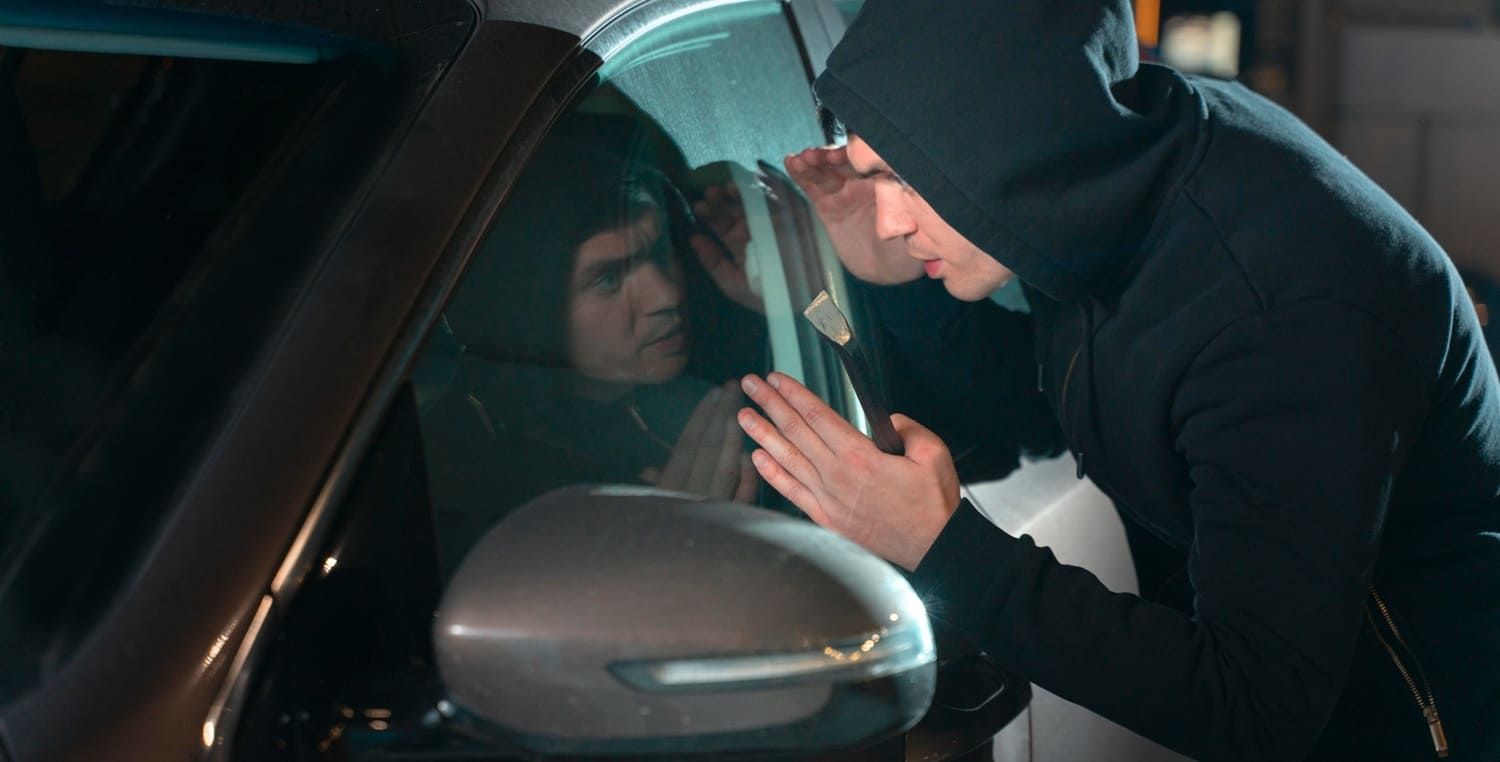Auto Tinting Trends That Are Shaping 2025 and Beyond
One of the most exciting developments in the world of auto tinting is the rise of smart tinting technology. These innovative tints offer more than just a static shade—they introduce a dynamic aspect to window tinting that was previously unimaginable. Unlike traditional tint films, smart tints can change their level of darkness on demand, providing a customizable experience for drivers. This capability is revolutionizing the way we think about car windows, making them adaptable to a variety of driving conditions and personal preferences.
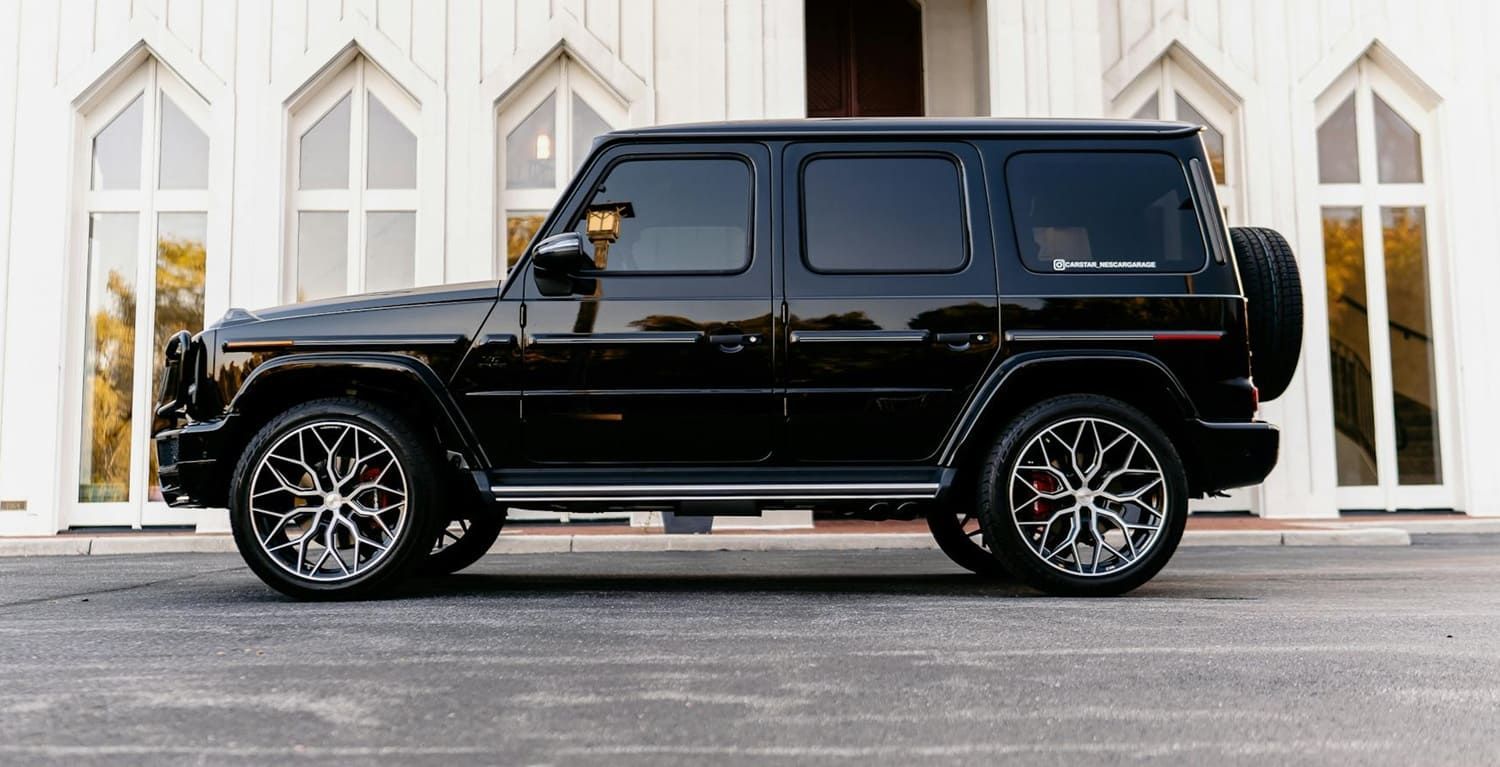
How It Works
Smart tints utilize advanced technologies such as electrochromic and photochromic systems. Electrochromic tints change color when an electrical current is applied, allowing for a controlled adjustment of tint levels. Meanwhile, photochromic tints respond to UV light exposure, automatically adjusting their darkness based on the intensity of sunlight. This dual technology approach offers drivers unparalleled flexibility to control the amount of light entering their vehicle, thereby enhancing both comfort and visibility across different driving environments.
Benefits
The benefits of smart tinting are numerous and multifaceted. Beyond offering customizable privacy and glare reduction, these tints can significantly contribute to better fuel efficiency. By reducing the need for air conditioning, smart tints help conserve energy and cut down on fuel consumption, making them an attractive option for environmentally conscious consumers. Furthermore, smart tints can also enhance the driving experience by reducing sun glare, minimizing distractions, and creating a more comfortable cabin environment, especially during long drives.
Eco-Friendly Tinting Solutions
With increasing awareness about environmental issues, eco-friendly auto tinting solutions are gaining traction. As consumers become more conscious of their ecological impact, manufacturers are focusing on producing tints that are not only effective but also sustainable. This shift towards eco-friendly solutions reflects a broader trend in the automotive industry towards greener technologies and practices.
Recycled Materials
In response to growing environmental concerns, many companies are developing tints using recycled materials, thereby reducing the environmental impact of their production processes. These sustainable tints maintain high performance standards while aligning with corporate sustainability goals. The use of recycled materials not only helps in reducing waste but also supports the development of a circular economy within the automotive industry, creating a positive impact on both the environment and the economy.
UV Protection and Energy Efficiency
Eco-friendly tints often offer superior UV protection, which serves multiple purposes. First, it preserves the interior of the vehicle by preventing sun damage and fading, thereby extending the life of the car's upholstery and finishes. Second, by blocking out harmful UV rays, these tints reduce the energy required to cool the car, leading to lower energy consumption and reduced emissions. This is an appealing feature for consumers looking to lessen their carbon footprint and contribute to a more sustainable planet.
Enhanced Safety and Security Features
Safety and security remain top priorities for vehicle owners, and tint manufacturers are responding by integrating advanced safety features into their products. These enhancements not only protect the vehicle and its occupants but also provide peace of mind to car owners, knowing that they have taken additional steps to secure their investment.
Shatter-Resistant Films
Modern tints often include shatter-resistant films that hold glass together in the event of an impact. This technology reduces the risk of injury from flying glass shards during accidents, making it a critical safety feature. Additionally, shatter-resistant films deter theft by making it significantly harder to break windows, thus providing an extra layer of security for both the vehicle and its contents. This dual function makes shatter-resistant tints a wise choice for safety-conscious consumers.
Privacy Tints
Privacy tints are becoming more popular as they offer an added layer of security by obscuring the view into the vehicle. This is particularly useful for protecting valuables and personal belongings left in the car, reducing the likelihood of theft. Beyond security, privacy tints also offer a sense of solitude and comfort for passengers, allowing them to enjoy their journey without the feeling of being on display. This feature is especially appealing in urban environments, where privacy can often be compromised.
Aesthetic and Customization Options
Vehicle owners continue to seek ways to personalize their cars, and tinting offers a unique opportunity to enhance a vehicle's aesthetic appeal. With an array of options available, tints can transform a car's appearance, making it a true reflection of the owner's personal style.
Color Options
While traditional tints are typically black or gray, newer options include a range of colors and finishes. This variety allows consumers to match their tint with their vehicle's design or express their personal style through unique color combinations. The availability of different hues and shades enables car owners to make bold statements or subtle enhancements, offering endless possibilities for customization and individual expression.
Custom Patterns
Some manufacturers now offer tints with custom patterns, giving car owners the chance to truly stand out. These patterns can range from subtle designs to bold statements, catering to a wide array of tastes. Whether it's a geometric pattern, a branded logo, or a creative motif, custom-patterned tints provide an opportunity for vehicle owners to showcase their creativity and make their cars truly one-of-a-kind. This trend reflects a growing demand for personalization and individuality in the automotive industry.
Integration with Vehicle Technology
As vehicles become more technologically advanced, so too do the tints applied to their windows. Integration with vehicle technology is a growing trend in the auto tinting industry, offering enhanced functionality and convenience for modern drivers.
Connectivity Features
Some modern tints are equipped with connectivity features that sync with a vehicle's onboard systems. This can include integration with GPS, climate control, and even voice command systems, offering a seamless driving experience. By connecting with these systems, tints can automatically adjust based on navigation routes, weather conditions, or driver preferences, ensuring optimal comfort and efficiency throughout the journey.
Energy Management
Tint technologies that integrate with a vehicle's energy management systems can optimize heating and cooling based on the tint's settings. This not only enhances comfort but also improves the overall efficiency of the vehicle by reducing energy consumption. Such integration supports a smarter approach to vehicle energy use, aligning with broader trends towards intelligent and sustainable automotive technologies. As these systems become more sophisticated, they will likely play a significant role in the evolution of the auto tinting industry.
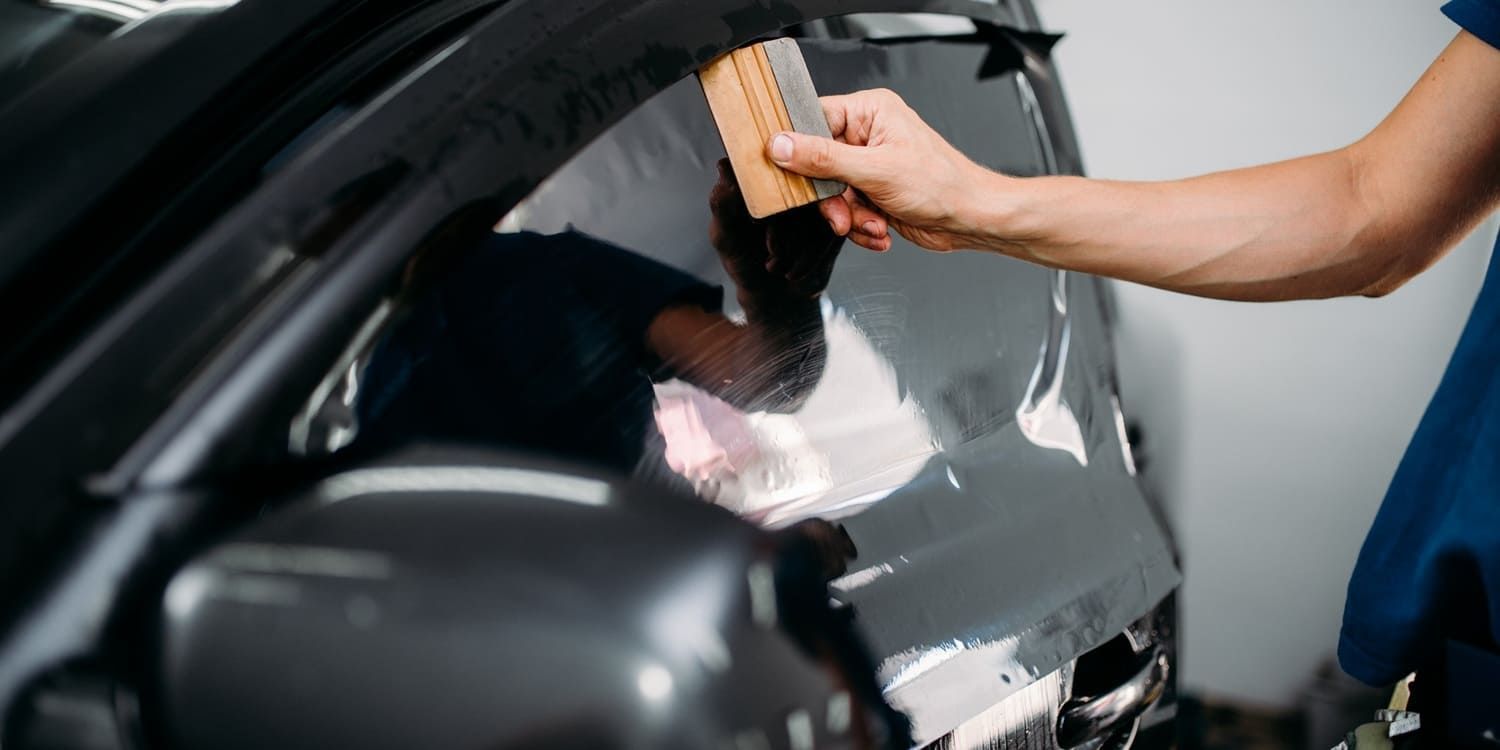
The Future of Auto Tinting: What to Expect
Looking ahead, the future of auto tinting is bright, with continuous innovations on the horizon. As technology and consumer preferences evolve, the industry is poised for significant advancements that will redefine the role of window tinting in vehicles.
Increased Regulations
As the benefits of tinting become more widely recognized, expect increased regulations aimed at standardizing safety and environmental standards. These regulations will likely lead to higher quality products and more reliable performance across the board, ensuring that consumers have access to the best and safest tinting options available. Additionally, regulatory developments may drive innovation as manufacturers strive to meet new standards and differentiate their products in a competitive market.
New Market Opportunities
Emerging markets are showing interest in advanced tinting solutions, presenting new opportunities for growth. As global demand rises, manufacturers will likely expand their offerings to cater to diverse consumer needs. This expansion may include the introduction of region-specific products that address unique environmental conditions or cultural preferences, allowing companies to capture a broader audience and increase their market share. The globalization of tinting technologies promises exciting prospects for the industry and consumers alike.
Conclusion
The trends shaping auto tinting in 2025 and beyond reflect a blend of technological advancement and consumer demand for efficiency, safety, and style. With Applied Film Technology in Virginia Beach, Virginia, a trusted LLumar Dealer and the best car window tinting installers near you, you can take advantage of the latest innovations while ensuring expert installation and long-lasting performance. From smart tinting technologies and eco-friendly solutions to enhanced safety features and customization options, the future of car window tinting is poised for exciting developments.
Whether you're considering a tint for practical reasons or as a style statement, the evolving landscape offers something for everyone. By staying informed about these trends and working with Applied Film Technology, you can make a well-informed decision that enhances your vehicle's functionality and appearance.
As technology continues to advance, the possibilities for auto tinting are virtually limitless, promising an exciting future for this industry. Embracing these innovations not only enhances your driving experience but also contributes to a more sustainable and secure automotive environment.
Contact Applied Film Technology in Virginia Beach, Virginia today for your free estimate and discover how the latest tinting trends can transform your vehicle.
FAQs About Auto Tinting Trends in 2025 and Beyond
What are the biggest auto tinting trends in 2025?
Ceramic films, eco-friendly options, and smart tints that adjust to light.
Why is ceramic tint leading the market in 2025?
It offers superior heat rejection, UV protection, and durability.
Are smart tints becoming popular?
Yes. Switchable and electronically controlled tints are gaining traction.
Is eco-friendly tinting available now?
Yes. Manufacturers are developing sustainable, non-toxic films.
Do modern tints improve safety?
Yes. New films strengthen glass and reduce glare for safer driving.
Will tinting laws change with new technologies?
Possibly. Some states may update laws to allow advanced films.
How do new tinting trends affect resale value?
High-tech, long-lasting films can make cars more appealing to buyers.
Is professional installation still necessary with new films?
Yes. Advanced materials require skilled installers for best results.


